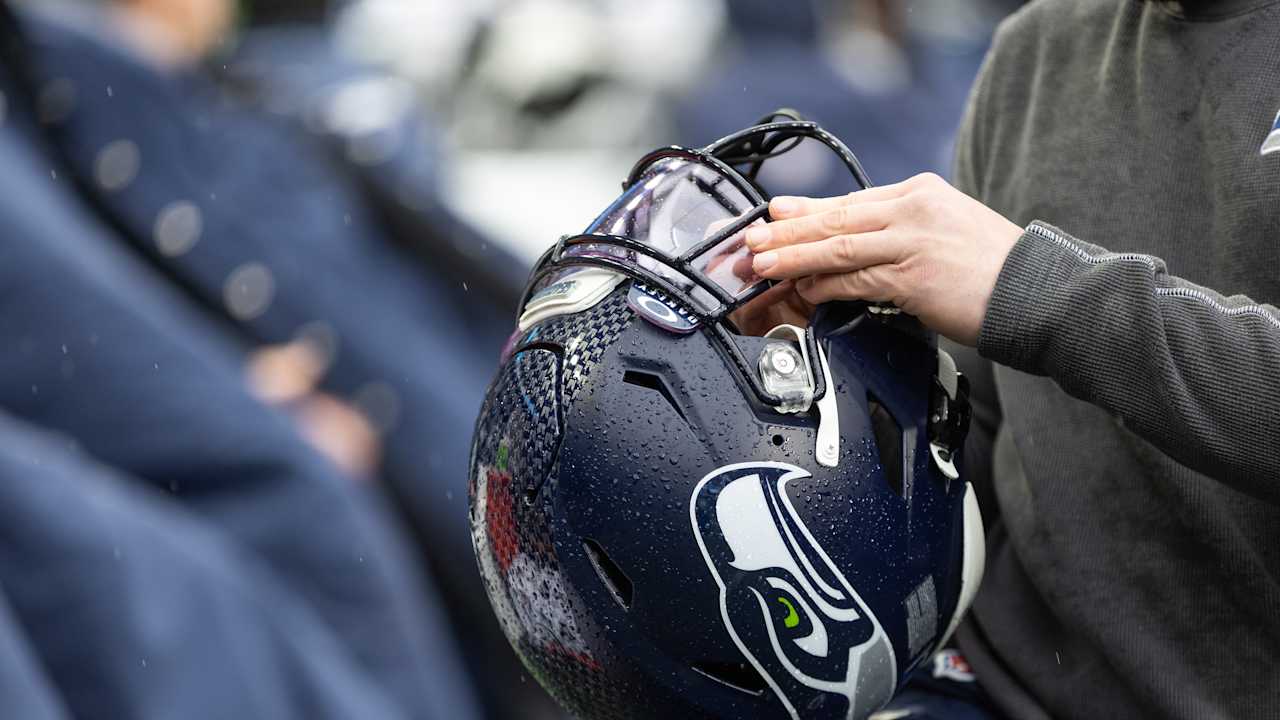NFL Approves New Kick-Off Regulations, Tables Tush Push Discussion
The NFL has officially approved a new set of kickoff rules while tabling discussions on the controversial “tush push” play. These changes represent a significant shift in special teams strategy, with the league aiming to improve player safety while maintaining the excitement of kickoff returns. The decision to delay a final ruling on the tush push, a quarterback sneak play that has dominated short-yardage situations in recent seasons, suggests that league officials are still evaluating its impact on fairness and safety. Both of these decisions will have major implications for how teams approach gameplay in the 2025 season and beyond.
The newly approved kickoff rules are modeled after a system used in the XFL, designed to reduce high-impact collisions while still encouraging return attempts. Under the new structure, kickoffs will look noticeably different from past seasons. The ball will still be kicked from the 35-yard line, but players on the kicking team will line up at the opposing team’s 40-yard line, with the return team positioned just five yards away. Only the kicker and returner will be allowed to move before the ball is caught, significantly limiting the high-speed collisions that have been a major cause of concussions and other serious injuries.
The goal of these changes is twofold: to protect players from injury and to revive the importance of kickoff returns. In recent years, the NFL had seen a steep decline in kickoff return attempts, with the majority of kickoffs resulting in touchbacks due to previous rule changes that encouraged teams to kick deep into the end zone. The latest adjustments aim to bring back the excitement of kickoff returns while making the play safer by reducing the number of high-speed collisions that often occurred under the previous format.
Many special teams coordinators have already begun strategizing how best to take advantage of the new format. With returners likely to have more opportunities to bring the ball back into play, teams with explosive return specialists could gain a significant advantage. Meanwhile, kickers and coverage units will have to adjust to a scenario where they have less time to react, potentially leading to more dynamic and unpredictable plays. Some teams may even experiment with different kickoff strategies, such as placing the ball strategically to force challenging returns rather than simply booting it into the end zone.
However, the new rules have not been met with universal praise. Some critics argue that the changes could introduce unintended consequences, such as making it easier for offenses to start with better field position. Others worry that the unfamiliar format could lead to an increase in penalties as players adjust to the revised system. Still, the NFL remains committed to player safety, and the league will likely monitor the effects of the new rules closely in the coming season, making adjustments if necessary.
While the approval of the new kickoff rules was a major development, the decision to table discussions on the tush push was equally significant. The play, which has been most famously executed by the Philadelphia Eagles, involves the quarterback sneaking forward with help from offensive teammates who push him from behind. It has proven to be highly effective in short-yardage situations, particularly on third and fourth downs. The Eagles have been so successful with the play that it has led to debate over whether it provides an unfair advantage to the offense.
Opponents of the tush push argue that the play makes it nearly impossible for defenses to stop a quarterback sneak in crucial situations, effectively eliminating the need for more traditional short-yardage strategies. Some also contend that the play increases injury risk, particularly for defensive players who are forced to absorb significant force while attempting to stop a surge of offensive linemen and other players pushing forward.
However, supporters of the tush push counter that the play is entirely legal under current rules and is simply a well-executed strategy rather than an unfair loophole. They argue that banning it would be an unnecessary overreach by the league, particularly given that not all teams have been able to replicate the Eagles’ success with the play. Furthermore, many coaches believe that rather than banning the tush push outright, teams should be allowed to develop defensive strategies to counteract it.
The NFL Competition Committee had reportedly considered various proposals related to the tush push, including potential rule changes that would limit the number of players allowed to assist in pushing the quarterback forward. However, no consensus was reached, leading to the decision to postpone any ruling until further discussions can take place. This means that, at least for now, the tush push will remain a legal play, allowing teams to continue utilizing it in critical game situations.
One of the key reasons the NFL chose to delay a decision on the tush push is the potential ripple effects that banning it could have on the game. Removing the play outright could force teams to rethink their entire approach to short-yardage situations, potentially leading to an increase in trick plays or alternative strategies. Additionally, banning the play could open the door to further rule changes regarding how offensive players can assist ball carriers, which could create even more controversy.
While the NFL has a history of making rule changes to address perceived competitive imbalances, there is also a strong desire within the league to avoid over-legislating the game. The decision to table discussions on the tush push reflects a recognition that any changes must be carefully considered to avoid unintended consequences. It is likely that the league will continue gathering data and input from coaches, players, and officials before making any final determination on the play’s future.
For now, teams that have successfully implemented the tush push, particularly the Eagles, will have another season to continue using it. Other teams may also look to refine their own versions of the play in an attempt to maximize short-yardage efficiency. Meanwhile, defenses will have to adapt and find new ways to counter the strategy, possibly leading to more creative defensive schemes designed to disrupt the execution of the play.
In conclusion, the NFL’s approval of the new kickoff rules marks a significant step toward enhancing player safety while maintaining the excitement of special teams play. By reducing high-speed collisions and encouraging more returns, the league hopes to strike a balance between safety and entertainment. At the same time, the decision to table discussions on the tush push suggests that the league is taking a cautious approach to potential rule changes that could significantly alter offensive strategy. As the 2025 season approaches, teams will have to adjust to the new kickoff format while keeping a close eye on any future developments regarding the tush push. Whether the league ultimately decides to ban or modify the play remains to be seen, but for now, it remains a legal and highly effective tactic that could continue to shape the outcome of critical short-yardage situations.



